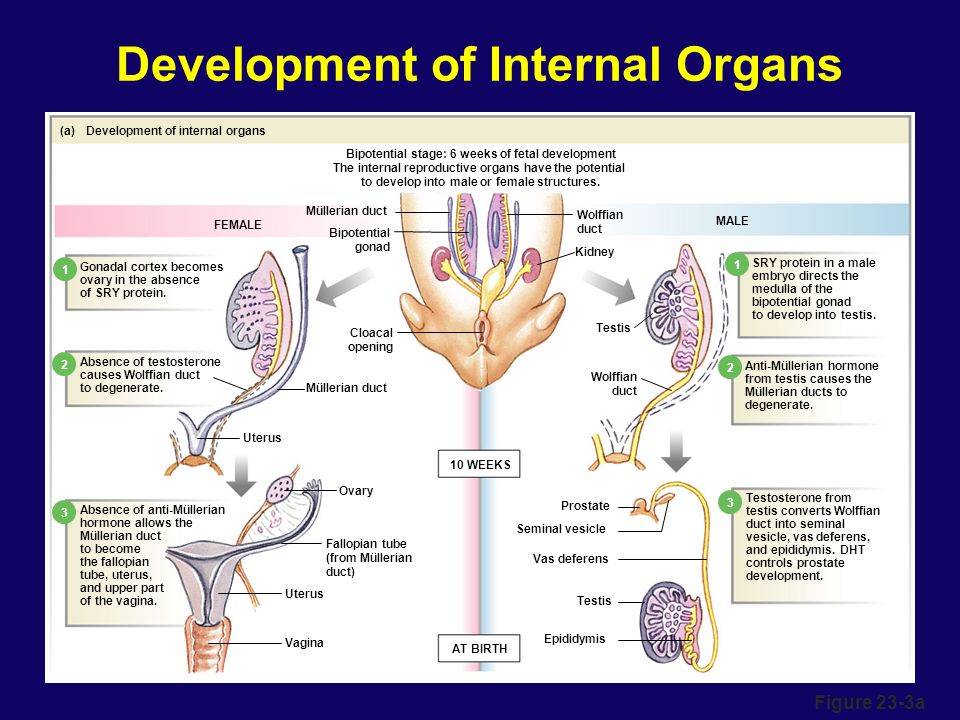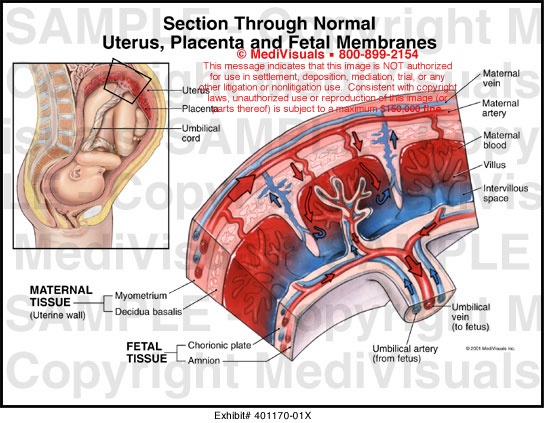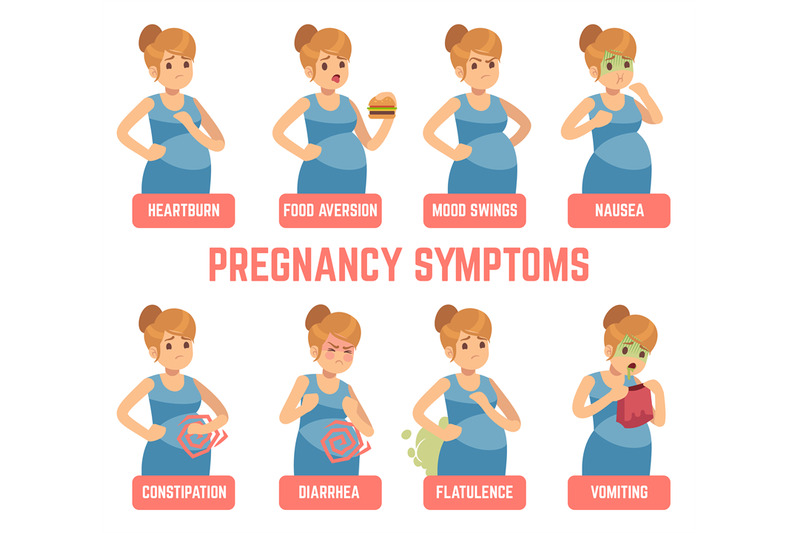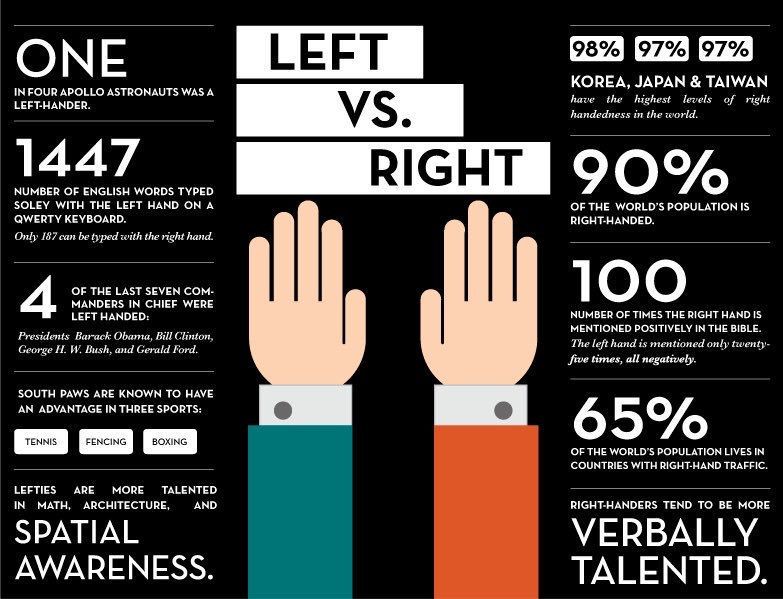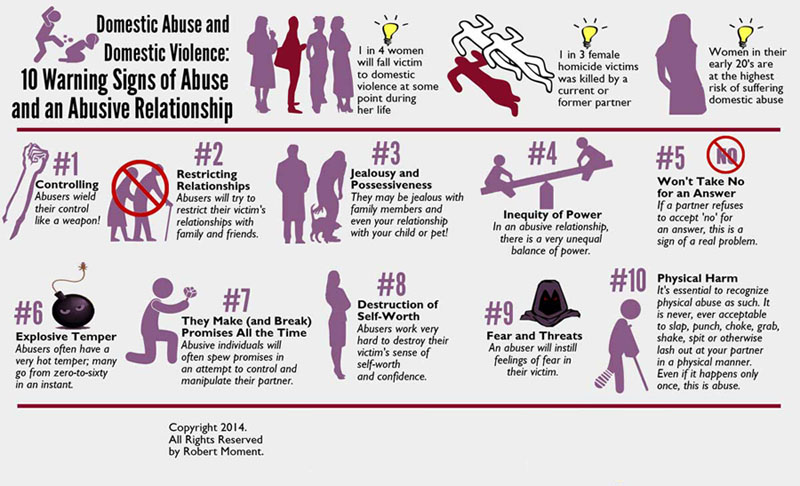Development of birth
Fetal development: Month-By-Month Stages of Pregnancy
When does a pregnancy start?
The start of pregnancy is actually the first day of your last menstrual period. This is called the gestational age, or menstrual age. It’s about two weeks ahead of when conception actually occurs. Though it may seem strange, the date of the first day of your last period will be an important date when determining your due date. Your healthcare provider will ask you about this date and will use it to figure out how far along you are in your pregnancy.
How does conception work?
Each month, your body goes through a reproductive cycle that can end in one of two ways. You will either have a menstrual period or become pregnant. This cycle is continuously happening during your reproductive years — from puberty in your teen years to menopause around age 50.
In a cycle that ends with pregnancy, there are several steps. First, a group of eggs (called oocytes) gets ready to leave the ovary for ovulation (release of the egg). The eggs develop in small, fluid-filled cysts called follicles. Think of these follicles as small containers for each immature egg. Out of this group of eggs, one will become mature and continue on through the cycle. This follicle then suppresses all the other follicles in the group. The other follicles stop growing at this point.
The mature follicle now opens and releases the egg from the ovary. This is ovulation. Ovulation generally happens about two weeks before your next menstrual period begins. It’s generally in the middle of your cycle.
After ovulation, the opened (ruptured) follicle develops into a structure called the corpus luteum. This secretes (releases) the hormones progesterone and estrogen. Progesterone helps prepare the endometrium (lining of the uterus). This lining is the place where a fertilized egg settles to develop. If you don’t become pregnant during a cycle, this lining is what is shed during your period.
On average, fertilization happens about two weeks after your last menstrual period. When the sperm penetrates the egg, changes occur in the protein coating of the egg to prevent other sperm from entering.
When the sperm penetrates the egg, changes occur in the protein coating of the egg to prevent other sperm from entering.
At the moment of fertilization, your baby’s genetic make-up is complete, including its sex. The sex of your baby depends on what sperm fertilizes the egg at the moment of conception. Generally, women have a genetic combination of XX and men have XY. Women provide each egg with an X. Each sperm can be either an X or a Y. If the fertilized egg and sperm is a combination of an X and Y, it’s a boy. If there are two Xs, it’s a girl.
What happens right after conception?
Within 24 hours after fertilization, the egg begins rapidly dividing into many cells. It remains in the fallopian tube for about three days after conception. Then the fertilized egg (now called a blastocyte) continues to divide as it passes slowly through the fallopian tube to the uterus. Once there, its next job is to attach to the endometrium. This is called implantation.
Before implantation though, the blastocyte breaks out of its protective covering.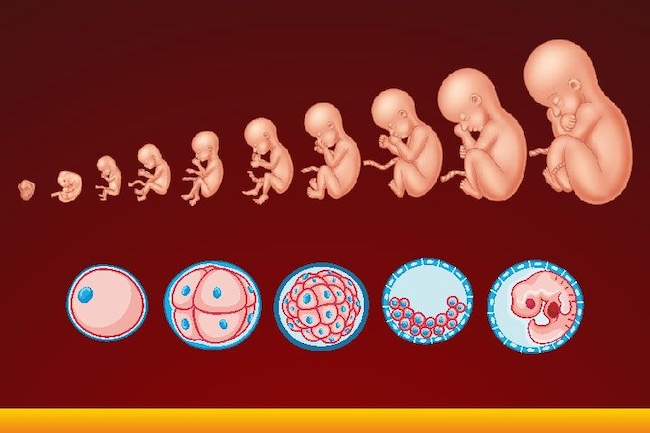 When the blastocyte makes contact with the endometrium, the two exchange hormones to help the blastocyte attach. Some women notice spotting (slight bleeding) during the one or two days when implantation happens. This is normal and isn’t something you should worry about. At this point, the endometrium becomes thicker and the cervix (the opening between your uterus and birth canal) is sealed by a plug of mucus.
When the blastocyte makes contact with the endometrium, the two exchange hormones to help the blastocyte attach. Some women notice spotting (slight bleeding) during the one or two days when implantation happens. This is normal and isn’t something you should worry about. At this point, the endometrium becomes thicker and the cervix (the opening between your uterus and birth canal) is sealed by a plug of mucus.
Within three weeks, the blastocyte cells ultimately form a little ball, or an embryo. By this time, the first nerve cells have formed.
Your developing fetus has already gone through a few name changes in the first few weeks of pregnancy. Generally, it's called an embryo from conception until the eighth week of development. After the eighth week, it's called a fetus until it’s born.
How early can I know I’m pregnant?
From the moment of conception, the hormone human chorionic gonadotrophin (hCG) will be present in your blood. This hormone is created by the cells that form the placenta (food source for the growing fetus).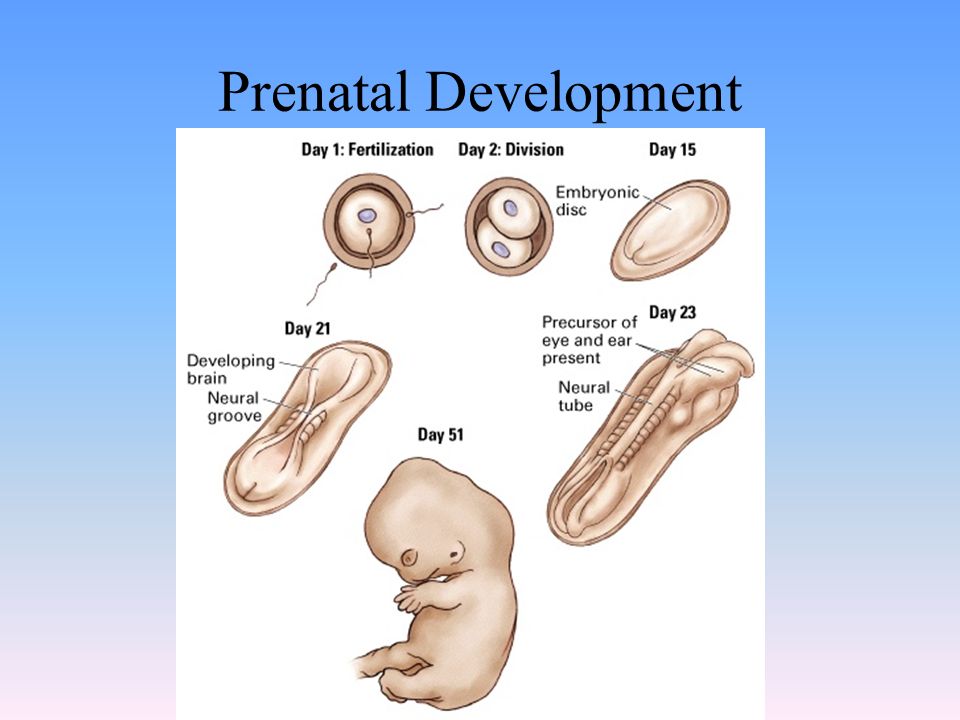 It’s also the hormone detected in a pregnancy test. Even though this hormone is there from the beginning, it takes time for it to build within your body. It typically takes three to four weeks from the first day of your last period for the hCG to increase enough to be detected by pregnancy tests.
It’s also the hormone detected in a pregnancy test. Even though this hormone is there from the beginning, it takes time for it to build within your body. It typically takes three to four weeks from the first day of your last period for the hCG to increase enough to be detected by pregnancy tests.
When should I reach out to my healthcare provider about a new pregnancy?
Most healthcare providers will have you wait to come in for an appointment until you have had a positive home pregnancy test. These tests are very accurate once you have enough hCG circulating throughout your body. This can be a few weeks after conception. It’s best to call your healthcare provider once you have a positive pregnancy test to schedule your first appointment.
When you call, your healthcare provider may ask you if you are taking a prenatal vitamin. These supplements contain folic acid. It’s important that you get at least 400mcg of folic acid each day during a pregnancy to make sure the fetus's neural tube (beginning of the brain and spine) develops correctly. Many healthcare providers suggest that you take prenatal vitamins with folic acid even when you aren’t pregnant. If you weren’t taking prenatal vitamins before your pregnancy, your provider may ask you to start as early as possible.
Many healthcare providers suggest that you take prenatal vitamins with folic acid even when you aren’t pregnant. If you weren’t taking prenatal vitamins before your pregnancy, your provider may ask you to start as early as possible.
What’s the timeline for fetal development?
The fetus will change a lot throughout a typical pregnancy. This time is divided into three stages, called trimesters. Each trimester is a set of about three months. Your healthcare provider will probably talk to you about fetal development in terms of weeks. So, if you are three months pregnancy, you are about 12 weeks.
You will see distinct changes in the fetus, and yourself, during each trimester.
Traditionally, we think of a pregnancy as a nine-month process. However, this isn’t always the case. A full-term pregnancy is 40 weeks, or 280 days. Depending on what months you are pregnant during (some are shorter and some longer) and what week you deliver, you could be pregnant for either nine months or 10 months.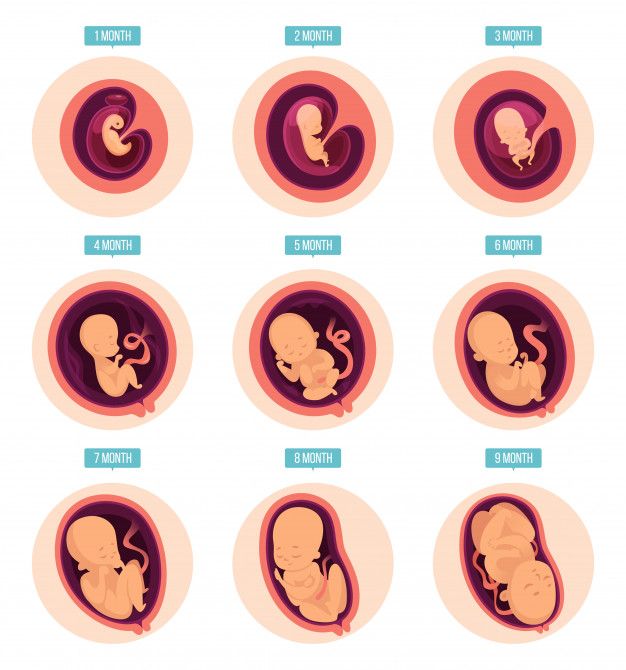 This is completely normal and healthy.
This is completely normal and healthy.
Once you get close to the end of your pregnancy, there are several category names you might hear regarding when you go into labor. These labels divide up the last few weeks of pregnancy. They’re also used to look out for certain complications in newborns. Babies that are born in the early term period or before may have a higher risk of breathing, hearing or learning issues than babies born a few weeks later in the full term time frame. When you’re looking at these labels, it’s important to know how they’re written. You may see the week first (38) and then you’ll see two numbers separated by a slash mark (6/7). This stands for how many days you currently are in the gestational week. So, if you see 38 6/7, it means that you are on day 6 of your 38th week.
The last few weeks of pregnancy are divided into the following groups:
- Early term: 37 0/7 weeks through 38 6/7 weeks.
- Full term: 39 0/7 weeks through 40 6/7 weeks.
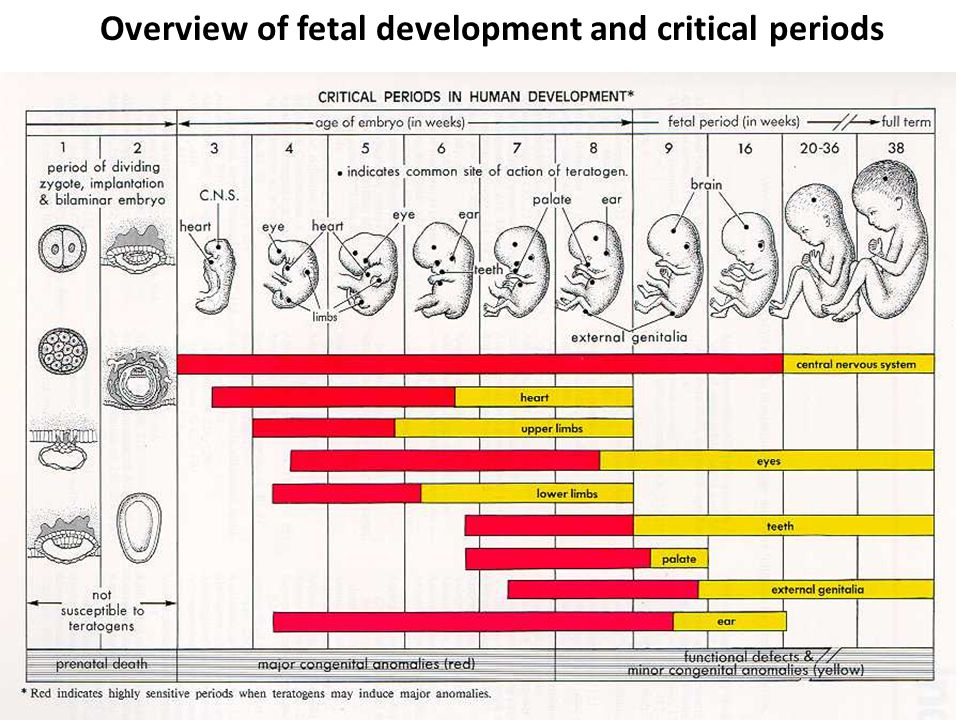
- Late term: 41 0/7 weeks through 41 6/7 weeks.
- Post term: 42 0/7 weeks and on.
Talk to your healthcare provider about any questions you may have about gestational age and due date.
Stages of Growth Month-by-Month in Pregnancy
First trimester
The first trimester will span from conception to 12 weeks. This is generally the first three months of pregnancy. During this trimester, the fertilized egg will change from a small grouping of cells to a fetus that is starting to have a baby’s features.
Month 1 (weeks 1 through 4)
As the fertilized egg grows, a water-tight sac forms around it, gradually filling with fluid. This is called the amniotic sac, and it helps cushion the growing embryo.
During this time, the placenta also develops. The placenta is a round, flat organ that transfers nutrients from the mother to the fetus, and transfers wastes from the fetus. Think of the placenta as a food source for the fetus throughout your pregnancy.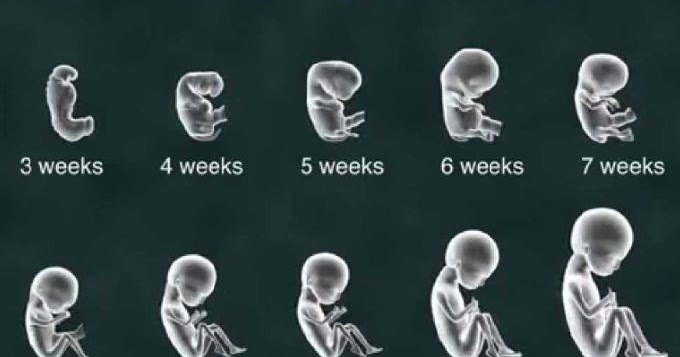
In these first few weeks, a primitive face will take form with large dark circles for eyes. The mouth, lower jaw and throat are developing. Blood cells are taking shape, and circulation will begin. The tiny "heart" tube will beat 65 times a minute by the end of the fourth week.
By the end of the first month, the fetus is about 1/4 inch long – smaller than a grain of rice.
Month 2 (weeks 5 through 8)
Facial features continue to develop. Each ear begins as a little fold of skin at the side of the head. Tiny buds that eventually grow into arms and legs are forming. Fingers, toes and eyes are also forming.
The neural tube (brain, spinal cord and other neural tissue of the central nervous system) is well formed now. The digestive tract and sensory organs begin to develop too. Bone starts to replace cartilage.
The head is large in proportion to the rest of the body at this point. At about 6 weeks, a heartbeat can usually be detected.
After the 8th week, healthcare providers refer to it as a fetus instead of an embryo.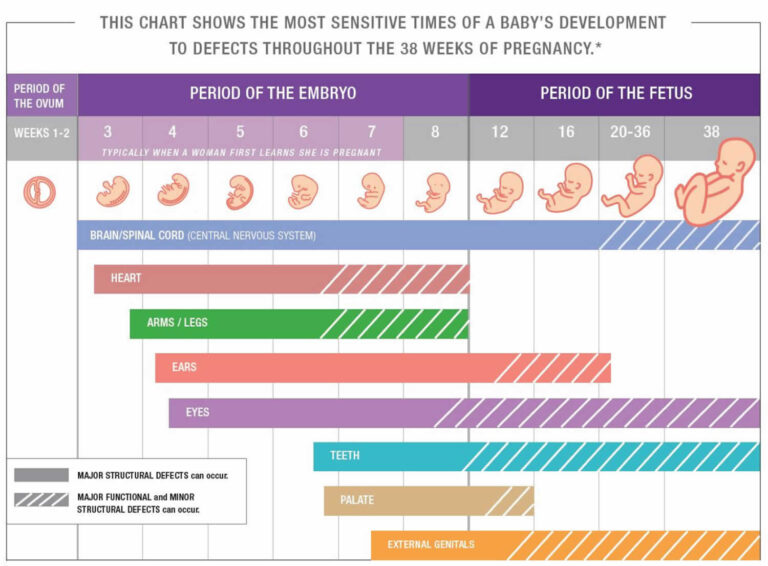
By the end of the second month, the fetus is about 1 inch long and weighs about 1/30 of an ounce.
Month 3 (weeks 9 through 12)
The arms, hands, fingers, feet and toes are fully formed. At this stage, the fetus is starting to explore a bit by doing things like opening and closing its fists and mouth. Fingernails and toenails are beginning to develop and the external ears are formed. The beginnings of teeth are forming under the gums. The reproductive organs also develop, but sex is still difficult to distinguish on ultrasound.
By the end of the third month, the fetus is fully formed. All the organs and limbs (extremities) are present and will continue to develop in order to become functional. The circulatory and urinary systems are also working and the liver produces bile.
At the end of the third month, the fetus is about 4 inches long and weighs about 1 ounce.
Since the most critical development has taken place, your chance of miscarriage drops considerably after three months.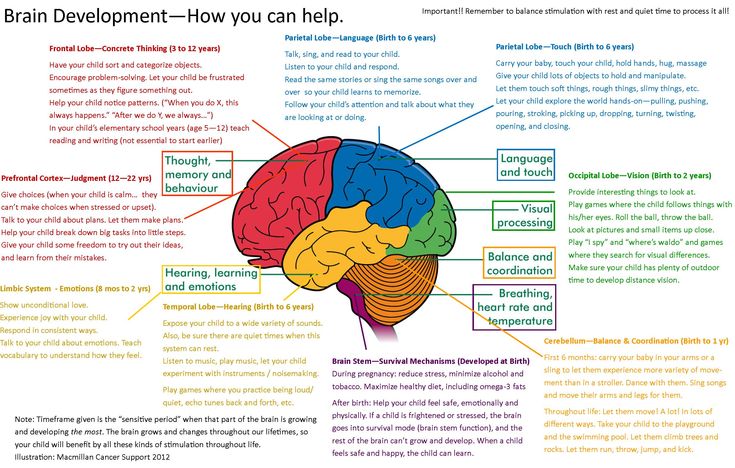
Second trimester
This middle section of pregnancy is often thought of as the best part of the experience. By this time, any morning sickness is probably gone and the discomfort of early pregnancy has faded. The fetus will start to develop facial features during this month. You may also start to feel movement as the fetus flips and turns in the uterus. During this trimester, many people find out whether their baby will be designated male or female at birth. This is typically done during an anatomy scan (an ultrasound that checks physical development) around 20 weeks.
Month 4 (weeks 13 through 16)
The fetal heartbeat may now be audible through an instrument called a doppler. The fingers and toes are well-defined. Eyelids, eyebrows, eyelashes, nails and hair are formed. Teeth and bones become denser. The fetus can even suck his or her thumb, yawn, stretch and make faces.
The nervous system is starting to function. The reproductive organs and genitalia are now fully developed, and your doctor can see on ultrasound if the fetus will be designated male or female at birth.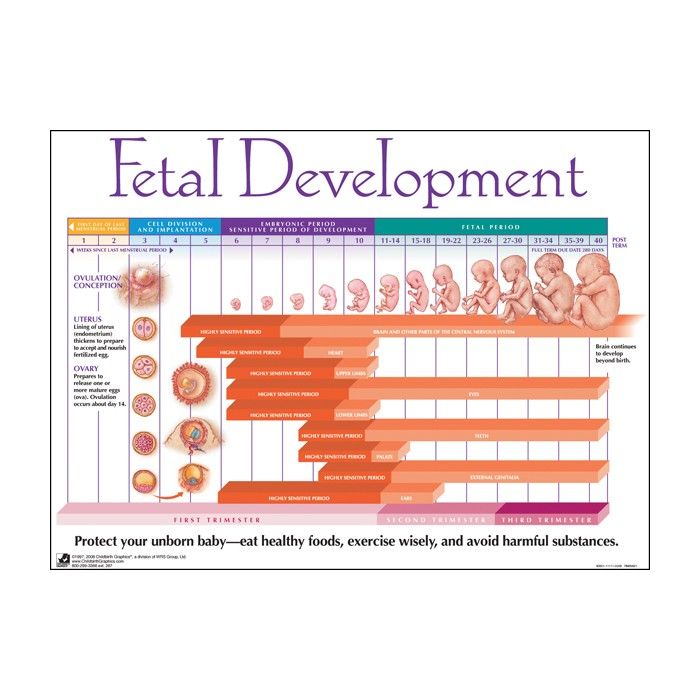
By the end of the fourth month, the fetus is about 6 inches long and weighs about 4 ounces.
Month 5 (weeks 17 through 20)
At this stage, you may begin to feel the fetus moving around. The fetus is developing muscles and exercising them. This first movement is called quickening and can feel like a flutter.
Hair begins to grow on the head. The shoulders, back and temples are covered by a soft fine hair called lanugo. This hair protects the fetus and is usually shed at the end of your baby's first week of life.
The skin is covered with a whitish coating called vernix caseosa. This "cheesy" substance is thought to protect fetal skin from the long exposure to the amniotic fluid. This coating is shed just before birth.
By the end of the fifth month, the fetus is about 10 inches long and weighs from 1/2 to 1 pound.
Month 6 (weeks 21 through 24)
If you could look inside the uterus right now, you would see that the fetus's skin is reddish in color, wrinkled and veins are visible through translucent skin.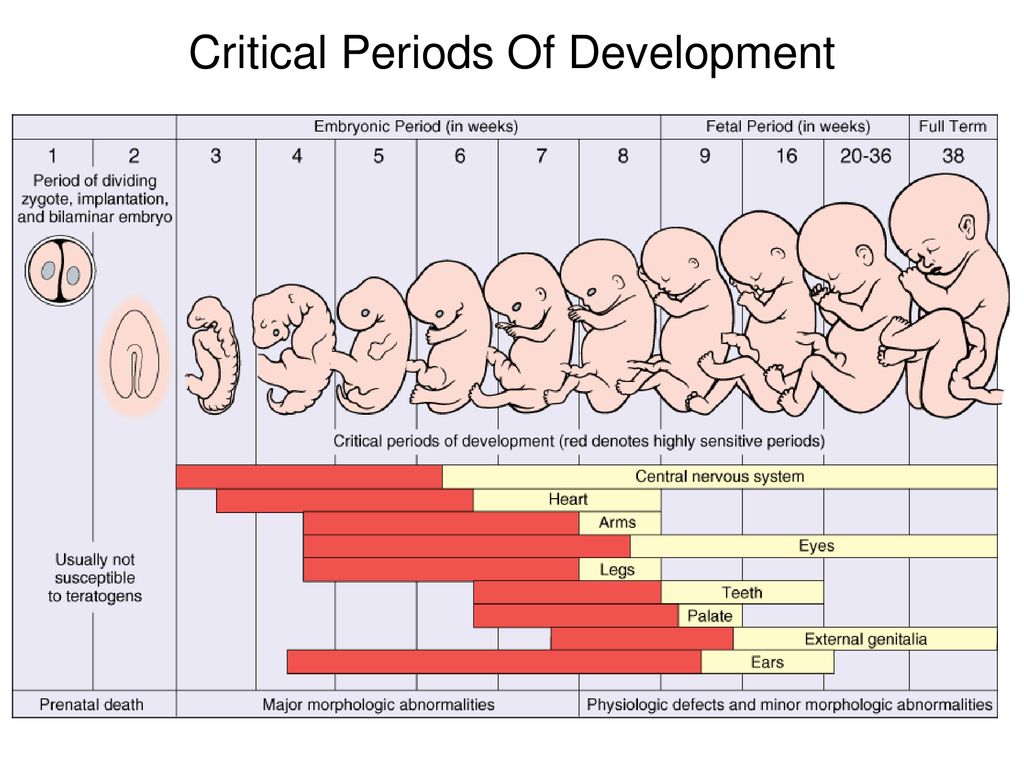 The finger and toe prints are visible. In this stage, the eyelids begin to part and the eyes open.
The finger and toe prints are visible. In this stage, the eyelids begin to part and the eyes open.
The fetus responds to sounds by moving or increasing the pulse. You may notice jerking motions if the fetus hiccups.
If born prematurely, your baby may survive after the 23rd week with intensive care.
By the end of the sixth month, the fetus is about 12 inches long and weighs about 2 pounds.
Month 7 (weeks 25 through 28)
The fetus continues to mature and develop reserves of body fat. At this point, hearing is fully developed. The fetus changes position frequently and responds to stimuli, including sound, pain and light. The amniotic fluid begins to diminish.
If born prematurely, your baby would be likely to survive after the seventh month.
At the end of the seventh month, the fetus is about 14 inches long and weighs from 2 to 4 pounds.
Third trimester
This is the final part of your pregnancy. You may be tempted to start the countdown till your due date and hope that it would come early, but each week of this final stage of development helps the fetus prepare for birth.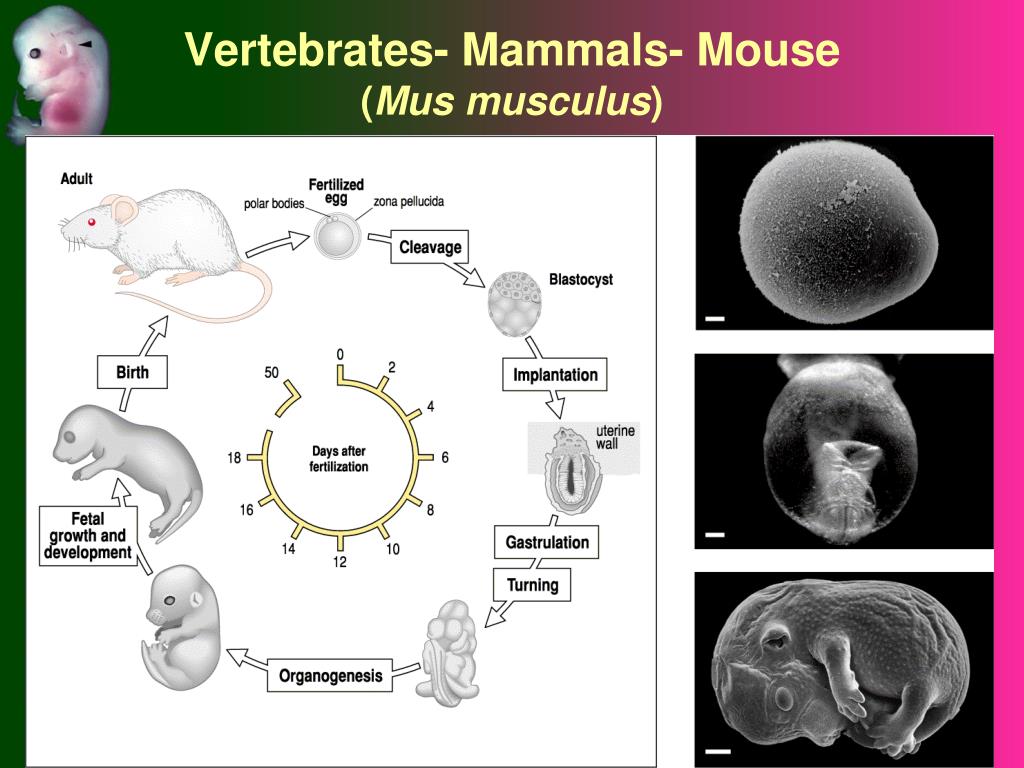 Throughout the third trimester, the fetus gains weight quickly, adding body fat that will help after birth.
Throughout the third trimester, the fetus gains weight quickly, adding body fat that will help after birth.
Remember, even though popular culture only mentions nine months of pregnancy, you may actually be pregnant for 10 months. The typical, full-term pregnancy is 40 weeks, which can take you into a tenth month. It’s also possible that you can go past your due date by a week or two (41 or 42 weeks). Your healthcare provider will monitor you closely as you approach your due date. If you pass your due date, and don’t go into spontaneous labor, your provider may induce you. This means that medications will be used to make you go into labor and have the baby. Make sure to talk to your healthcare provider during this trimester about your birth plan.
Month 8 (weeks 29 through 32)
The fetus continues to mature and develop reserves of body fat. You may notice more kicking. The brain developing rapidly at this time, and the fetus can see and hear. Most internal systems are well developed, but the lungs may still be immature.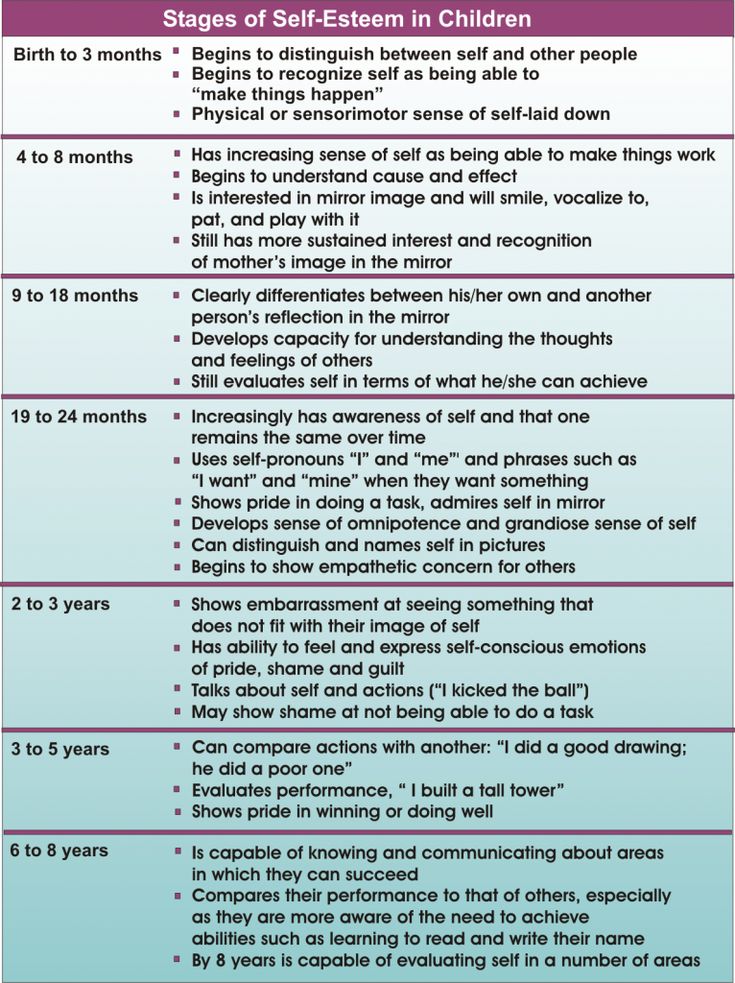
The fetus is about 18 inches long and weighs as much as 5 pounds.
Month 9 (weeks 33 through 36)
During this stage, the fetus continues to grow and mature. The lungs are close to being fully developed at this point.
The fetus has coordinated reflexes and can blink, close the eyes, turn the head, grasp firmly, and respond to sounds, light and touch.
The fetus is about 17 to 19 inches long and weighs from 5 ½ pounds to 6 ½ pounds.
Month 10 (Weeks 37 through 40)
In this final month, you could go into labor at any time. You may notice that less movement because space is tight. At this point, The fetus's position may have changed to prepare for birth. Ideally, it's head down in your uterus. You may feel very uncomfortable in this final stretch of time as the fetus drops down into your pelvis and prepares for birth.
Your baby is ready to meet the world at this point. They are about 18 to 20 inches long and weigh about 7 pounds.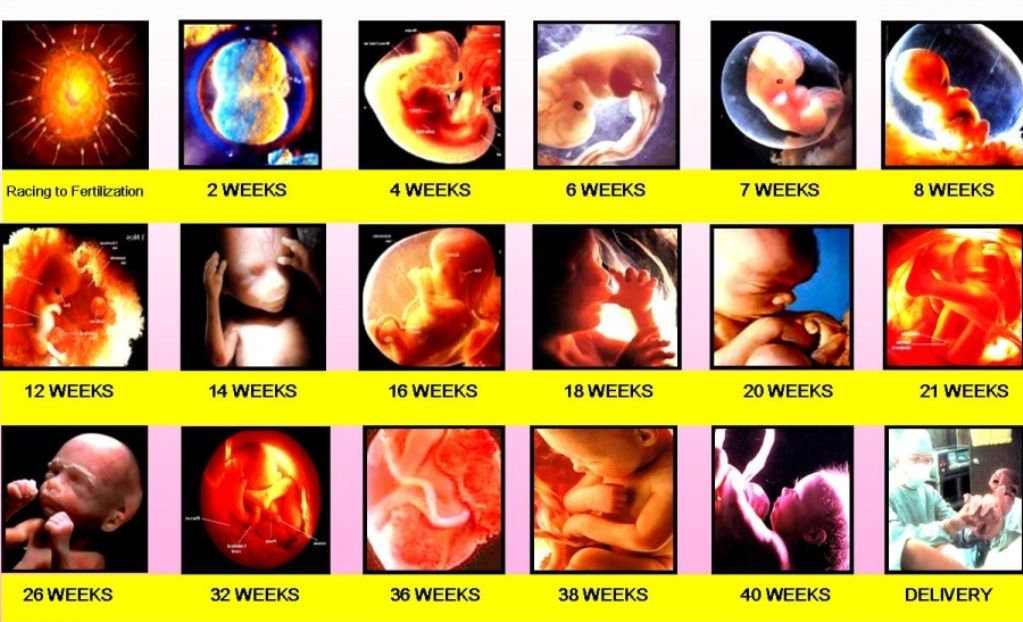
Fetal development: MedlinePlus Medical Encyclopedia
URL of this page: //medlineplus.gov/ency/article/002398.htm
To use the sharing features on this page, please enable JavaScript.
Learn how your baby is conceived and how your baby develops inside the mother's womb.
WEEK BY WEEK CHANGES
Gestation is the period of time between conception and birth when a baby grows and develops inside the mother's womb. Because it's impossible to know exactly when conception occurs, gestational age is measured from the first day of the mother's last menstrual cycle to the current date. It is measured in weeks.
This means that during weeks 1 and 2 of pregnancy, a woman is not yet pregnant. This is when your body is preparing for a baby. A normal gestation lasts anywhere from 37 to 42 weeks.
Week 1 to 2
- The first week of pregnancy starts with the first day of a woman's menstrual period.
 She is not yet pregnant.
She is not yet pregnant. - During the end of the second week, an egg is released from an ovary. This is when you are most likely to conceive if you have unprotected intercourse.
Week 3
- During intercourse, sperm enters the vagina after the man ejaculates. The strongest sperm will travel through the cervix (the opening of the womb, or uterus), and into the fallopian tubes.
- A single sperm and the mother's egg cell meet in the fallopian tube. When the single sperm enters the egg, conception occurs. The combined sperm and egg is called a zygote.
- The zygote contains all of the genetic information (DNA) needed to become a baby. Half the DNA comes from the mother's egg and half from the father's sperm.
- The zygote spends the next few days traveling down the fallopian tube. During this time, it divides to form a ball of cells called a blastocyst.
- A blastocyst is made up of an inner group of cells with an outer shell.
- The inner group of cells will become the embryo.
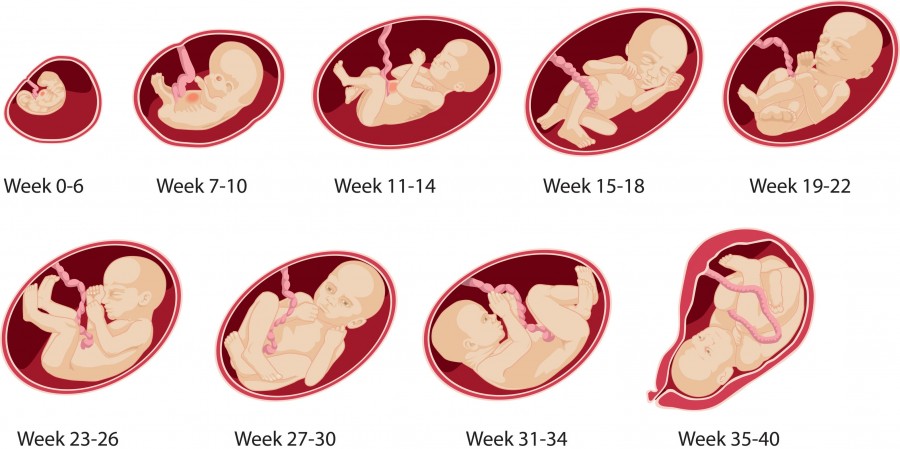 The embryo is what will develop into your baby.
The embryo is what will develop into your baby. - The outer group of cells will become structures, called membranes, which nourish and protect the embryo.
Week 4
- Once the blastocyst reaches the uterus, it buries itself in the uterine wall.
- At this point in the mother's menstrual cycle, the lining of the uterus is thick with blood and ready to support a baby.
- The blastocyst sticks tightly to the wall of the uterus and receives nourishment from the mother's blood.
Watch this video about:Cell division
Week 5
- Week 5 is the start of the "embryonic period." This is when all the baby's major systems and structures develop.
- The embryo's cells multiply and start to take on specific functions. This is called differentiation.
- Blood cells, kidney cells, and nerve cells all develop.
- The embryo grows rapidly, and the baby's external features begin to form.
- Your baby's brain, spinal cord, and heart begin to develop.
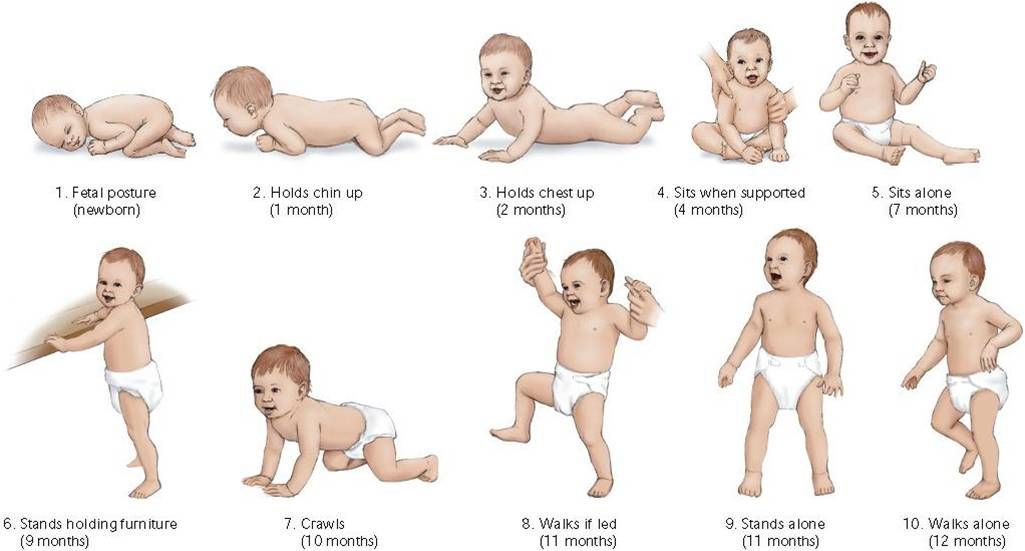
- Baby's gastrointestinal tract starts to form.
- It is during this time in the first trimester that the baby is most at risk for damage from things that may cause birth defects. This includes certain medicines, illegal drug use, heavy alcohol use, infections such as rubella, and other factors.
Weeks 6 to 7
- Arm and leg buds start to grow.
- Your baby's brain forms into 5 different areas. Some cranial nerves are visible.
- Eyes and ears begin to form.
- Tissue grows that will become your baby's spine and other bones.
- Baby's heart continues to grow and now beats at a regular rhythm. This can be seen by vaginal ultrasound.
- Blood pumps through the main vessels.
Week 8
- Baby's arms and legs have grown longer.
- Hands and feet begin to form and look like little paddles.
- Your baby's brain continues to grow.
- The lungs start to form.
Week 9
- Nipples and hair follicles form.
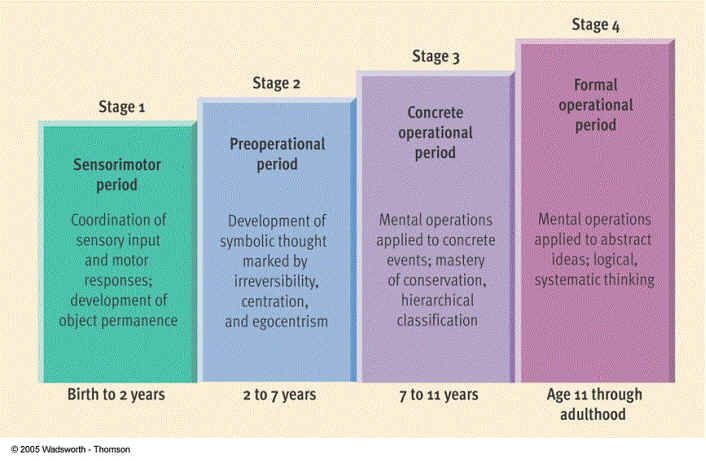
- Arms grow and elbows develop.
- Baby's toes can be seen.
- All baby's essential organs have begun to grow.
Week 10
- Your baby's eyelids are more developed and begin to close.
- The outer ears begin to take shape.
- Baby's facial features become more distinct.
- The intestines rotate.
- At the end of the 10th week of pregnancy, your baby is no longer an embryo. It is now a fetus, the stage of development up until birth.
Weeks 11 to 14
- Your baby's eyelids close and will not reopen until about the 28th week.
- Baby's face is well-formed.
- Limbs are long and thin.
- Nails appear on the fingers and toes.
- Genitals appear.
- Baby's liver is making red blood cells.
- The head is very large -- about half of baby's size.
- Your little one can now make a fist.
- Tooth buds appear for the baby teeth.
Weeks 15 to 18
- At this stage, baby's skin is almost transparent.
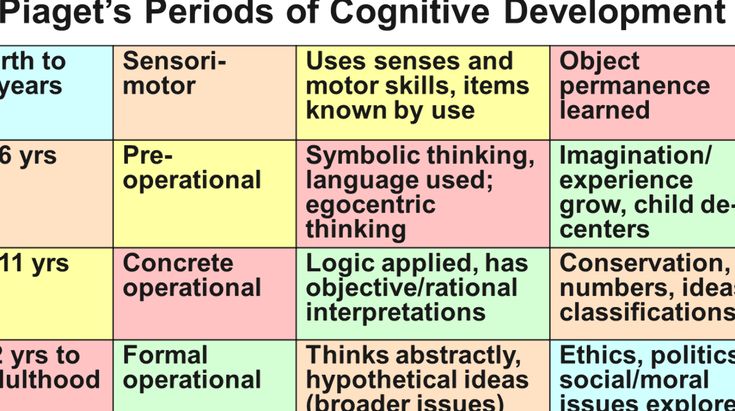
- Fine hair called lanugo develops on baby's head.
- Muscle tissue and bones keep developing, and bones become harder.
- Baby begins to move and stretch.
- The liver and pancreas produce secretions.
- Your little one now makes sucking motions.
Weeks 19 to 21
- Your baby can hear.
- The baby is more active and continues to move and float around.
- The mother may feel a fluttering in the lower abdomen. This is called quickening, when mom can feel baby's first movements.
- By the end of this time, baby can swallow.
Week 22
- Lanugo hair covers baby's entire body.
- Meconium, baby's first bowel movement, is made in the intestinal tract.
- Eyebrows and lashes appear.
- The baby is more active with increased muscle development.
- The mother can feel the baby moving.
- Baby's heartbeat can be heard with a stethoscope.
- Nails grow to the end of baby's fingers.
Weeks 23 to 25
- Bone marrow begins to make blood cells.
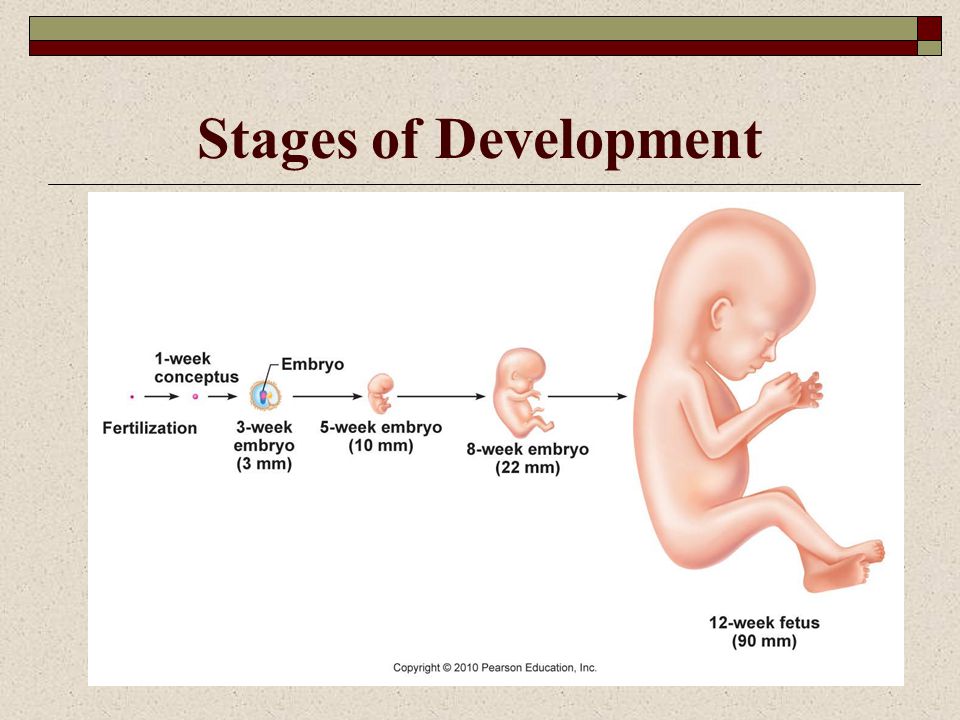
- The lower airways of the baby's lungs develop.
- Your baby begins to store fat.
Week 26
- Eyebrows and eyelashes are well-formed.
- All parts of baby's eyes are developed.
- Your baby may startle in response to loud noises.
- Footprints and fingerprints are forming.
- Air sacs form in baby's lungs, but lungs are still not ready to work outside the womb.
Weeks 27 to 30
- Baby's brain grows rapidly.
- The nervous system is developed enough to control some body functions.
- Your baby's eyelids can open and close.
- The respiratory system, while immature, produces surfactant. This substance helps the air sacs fill with air.
Weeks 31 to 34
- Your baby grows quickly and gains a lot of fat.
- Rhythmic breathing occurs, but baby's lungs are not fully mature.
- Baby's bones are fully developed, but are still soft.
- Your baby's body begins storing iron, calcium, and phosphorus.

Weeks 35 to 37
- Baby weighs about 5 1/2 pounds (2.5 kilograms).
- Your baby keeps gaining weight, but will probably not get much longer.
- The skin is not as wrinkled as fat forms under the skin.
- Baby has definite sleeping patterns.
- Your little one's heart and blood vessels are complete.
- Muscles and bones are fully developed.
Week 38 to 40
- Lanugo is gone except for on the upper arms and shoulders.
- Fingernails may extend beyond fingertips.
- Small breast buds are present on both sexes.
- Head hair is now coarse and thicker.
- In your 40th week of pregnancy, it has been 38 weeks since conception, and your baby could be born any day now.
Zygote; Blastocyst; Embryo; Fetus
- Fetus at 3.5 weeks
- Fetus at 7.5 weeks
- Fetus at 8.5 weeks
- Fetus at 10 weeks
- Fetus at 12 weeks
- Fetus at 16 weeks
- 24-week fetus
- Fetus at 26 to 30 weeks
- Fetus at 30 to 32 weeks
Feigelman S, Finkelstein LH.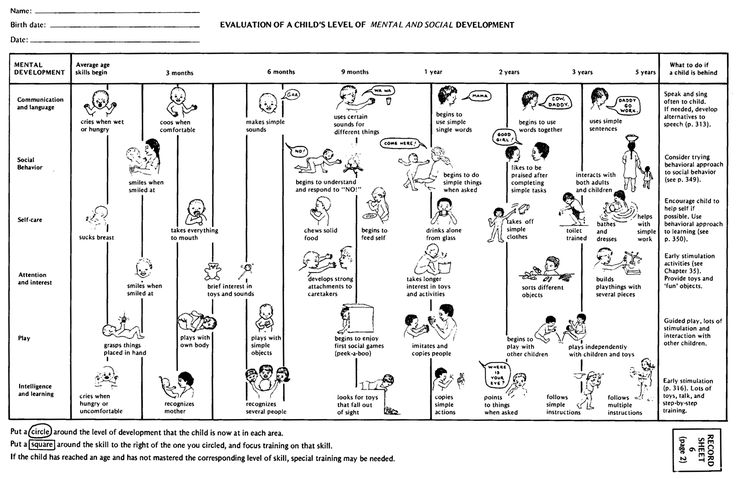 Assessment of fetal growth and development. In: Kliegman RM, St. Geme JW, Blum NJ, Shah SS, Tasker RC, Wilson KM, eds. Nelson Textbook of Pediatrics. 21st ed. Philadelphia, PA: Elsevier; 2020:chap 20.
Assessment of fetal growth and development. In: Kliegman RM, St. Geme JW, Blum NJ, Shah SS, Tasker RC, Wilson KM, eds. Nelson Textbook of Pediatrics. 21st ed. Philadelphia, PA: Elsevier; 2020:chap 20.
Ross MG, Desai M, Ervin MG. Fetal development, physiology, and effects on long-term health. In: Landon MB, Galan HL, Jauniaux ERM, et al, eds. Gabbe's Obstetrics: Normal and Problem Pregnancies. 8th ed. Philadelphia, PA: Elsevier; 2021:chap 2.
Updated by: John D. Jacobson, MD, Department of Obstetrics and Gynecology, Loma Linda University School of Medicine, Loma Linda, CA. Also reviewed by David Zieve, MD, MHA, Medical Director, Brenda Conaway, Editorial Director, and the A.D.A.M. Editorial team.
Child Development Calendar from the Health of the Nation
The Child Development Calendar from the Health of the Nation medical center is a convenient system that tells parents by months how the baby is developing.
Child development by months
Newborn
How does the baby behave in the first weeks of life? Should I be worried if he sleeps 18 hours a day? What you need to know about the features of feeding the crumbs, and what recommendations for care should be followed?
Read more
1 month
What happens to a child at the age of one month, how his behavior changes. Features of development and the emergence of new actions. What you need to know about nutrition, daily care. Planned visits to doctors and testing.
Features of development and the emergence of new actions. What you need to know about nutrition, daily care. Planned visits to doctors and testing.
Read more
2 months
What happens in the life of a child at the age of 2 months? What behaviors should be taken into account? The appearance of the first emotions of the baby, the development of the vocal apparatus.
Read more
3 months
What discoveries do parents expect when a child turns 3 months old? The emergence of new skills, the first conscious manifestation of emotions and desires. What you need to know about the features of feeding?
Read more
4 months
What happens to a 4 month old baby? The first serious games and interaction with the outside world. What you need to know about the features of feeding, and what recommendations for care should be followed?
What you need to know about the features of feeding, and what recommendations for care should be followed?
Read more
5 months
Transition period from horizontal position. What you need to know about the features of feeding crumbs? What should parents of a five-month-old baby be prepared for?
Read more
6 months
What did the baby learn at 6 months of age? How critical is the discrepancy with accepted norms? What you need to know about the features of feeding crumbs, how to introduce the first complementary foods?
Read more
7-9 months
What happens to a child aged 7-9 months? The baby begins to sit, crawl or even take the first steps.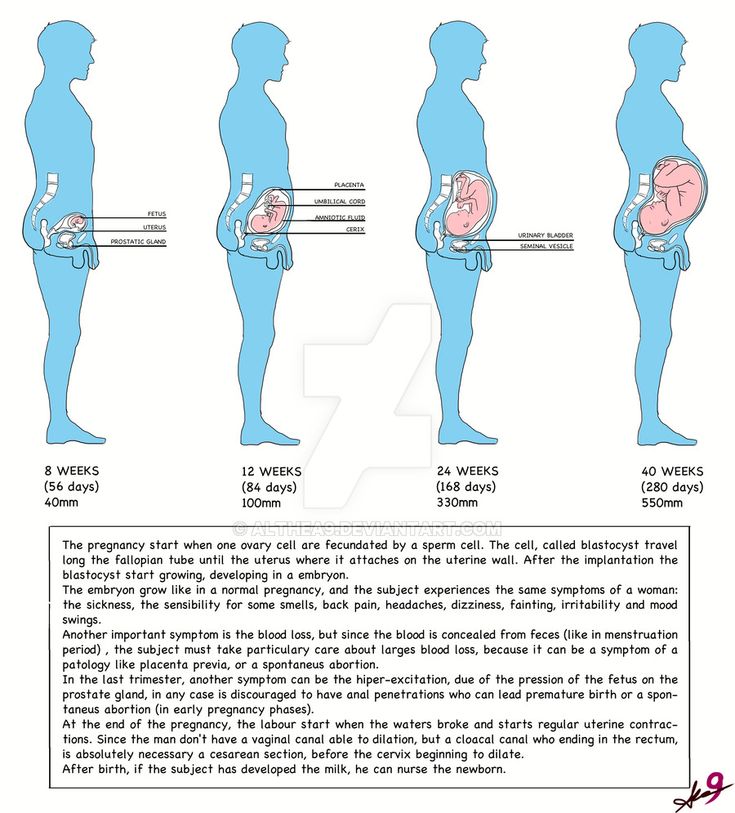 The first attempts to speak appear. Toys are used in a new capacity.
The first attempts to speak appear. Toys are used in a new capacity.
Read more
10-12 months
How does a 10-12 month old baby behave? How does his daily routine change and what games will be more interesting to play closer to the first birthday?
Read more
12-15 months
How does a 12-15 month old child behave? What has changed in behavior, and what features of development is important to remember?
Read more
15-18 months
How does the child behave at the age of 15-18 months? What you need to know about the features of behavior, what to pay attention to?
Read more
18-24 months
How does a child aged 18-24 months behave? What did the baby learn in 2 years? How to make a diet?
Read more
Read online “Child Development and Care from Birth to Three Years” – LitRes
© OOO Mir i Obrazovanie Publishing House, 2019
* * *
Dear parents!
A child is a unique being, possessing enormous potentialities and capable of achieving everything he wants! Your task is to patiently, with love and respect, help him develop all the best that is in him.
Raising a child is a true art and hard work.
It is clear to all adults: if you do not take care of the baby's health from birth, do not harden him, do not follow the daily regimen, nutrition, do not do prophylactic vaccinations on time, it is unlikely that the child will become physically strong. Therefore, it is very important to carry out these necessary procedures correctly and in a timely manner. This book provides detailed advice on the care and upbringing of children.
However, taking care of hygiene and daily routine is not enough. It is necessary to engage with the child in order to reveal his abilities. This is especially important in the first three years of life, when his physical and mental development is proceeding at a rapid pace.
A separate section of the book is devoted to the early development of children. You will learn how to find and develop children's talents, get acquainted with the most famous developmental techniques and be able to choose what is right for you and your baby.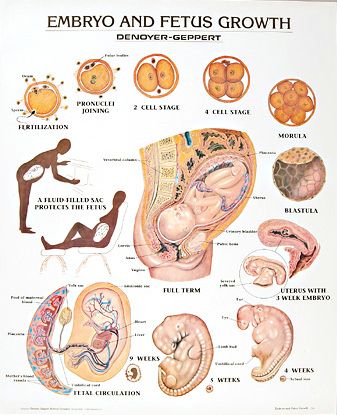
Child development and care is an inseparable process. The baby develops constantly, every minute of his life. Communicate with him during swaddling, washing, changing a diaper, bathing, massage, walking. Right now, his future is in your hands. Realize it! If you want to raise a happy person, try to discover and develop the limitless possibilities that are given to him from birth.
We wish you and your baby joyful discoveries together!
Peculiarities of early development
Early development is the intensive development of a child's abilities at an early age (from birth to 3 years). Many authors of methods of early development of children, such as Glen Doman, Shinichi Suzuki, Cecile Lupan, N. A. Zaitsev, B. P. and E. A. Nikitin insist that such development is not early, but just timely, that traditional pedagogy lags behind modern methods, that the potential of the child is much richer than was commonly believed.
In the last 20-30 years, generally accepted norms have changed. So, before, almost all children came to school unable to read, but now no one is surprised by a five-year-old reading child.
However, children still start school just at the time when brain growth is almost complete (6-7 years), and before that they usually attend kindergarten.
Naturally, at this age, early development is incompatible with traditional, kindergarten-school ways of teaching.
Early development implies an active position of the mother in relation to the child in the first years of his life (after all, she spends the most time with him). This is a continuous painstaking work that requires constant participation in the life of the child and creative tension.
How to find and develop talents in a child
Abilities are developed natural inclinations. Talent - the most pronounced abilities. Therefore, before you find a talent in a child, you need to reveal his abilities.
Many parents dream of raising a talented child. But it's not easy. But very exciting.
Keep in mind that the disclosure of giftedness largely depends on the social environment and training, but the influence of internal conditions - natural inclinations (anatomical and physiological features) is recognized.
Amazing words were written by children's writer Albert Likhanov: “Not a sum of knowledge, not a set of recipes - they don't exist at all, because applied - and successful! - for one it may turn out - and it turns out - to be completely inapplicable to others, because each star has its own light, its own temperature, its own atmosphere, and most importantly, its own distance from us. And the only way to achieve victory is to treat children - all children - as stars! To look at a child and see in him an interweaving of talents invisible to anyone - this is the highest pedagogical mission of those who devote themselves to the lofty cause of education.0144 .
Remember, every child is talented and unique! You just need to try to see in him all the best that is in him and develop the opportunities that are inherent in him at birth.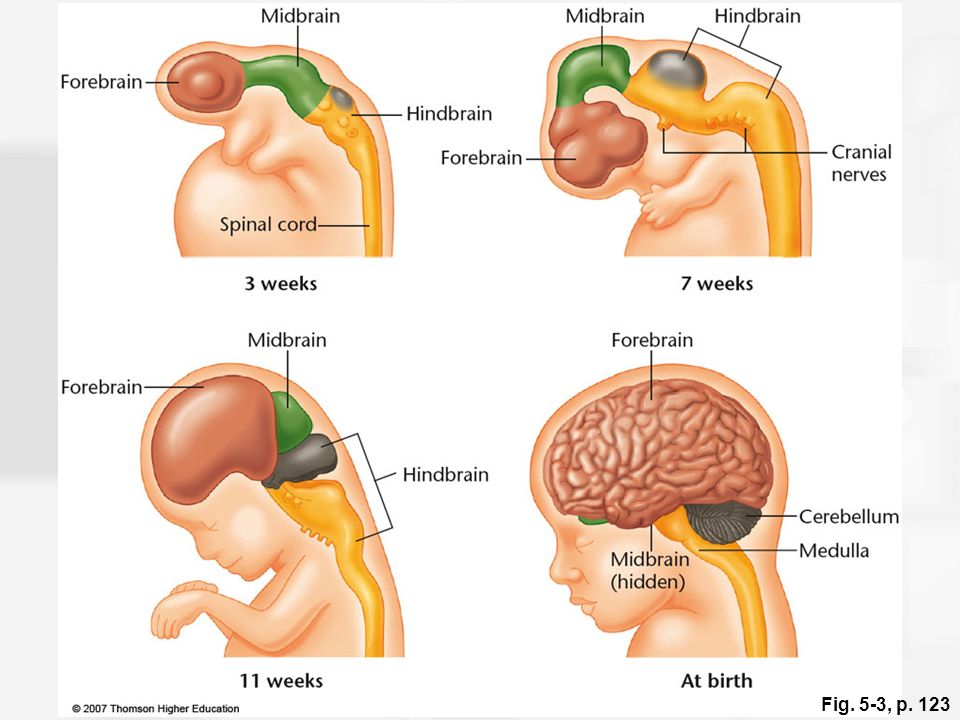
First of all, adults need to be careful towards the baby. Artificial "growing" and "accelerated development" often lead to the same result as if you had opened a bud. Then he will never become a beautiful flower.
When to start
Of course, the sooner you start developing your child's abilities, the better. But you should not take this literally, that is, it is not at all necessary to load the baby with learning letters, memorizing numbers and mastering art skills immediately after returning from the hospital. Since, first of all, the foundations for the development of the child’s brain are laid in early childhood, the baby simply should have the opportunity to actively explore the world. I touched the toy, examined my mother's face, remembered the smell of mother's milk ... All this is an invaluable experience that contributes to the development of children's intelligence. But in addition to mental skills, the child also needs emotional impressions. According to research, if the baby is not picked up, petted and praised, then his thought processes slow down.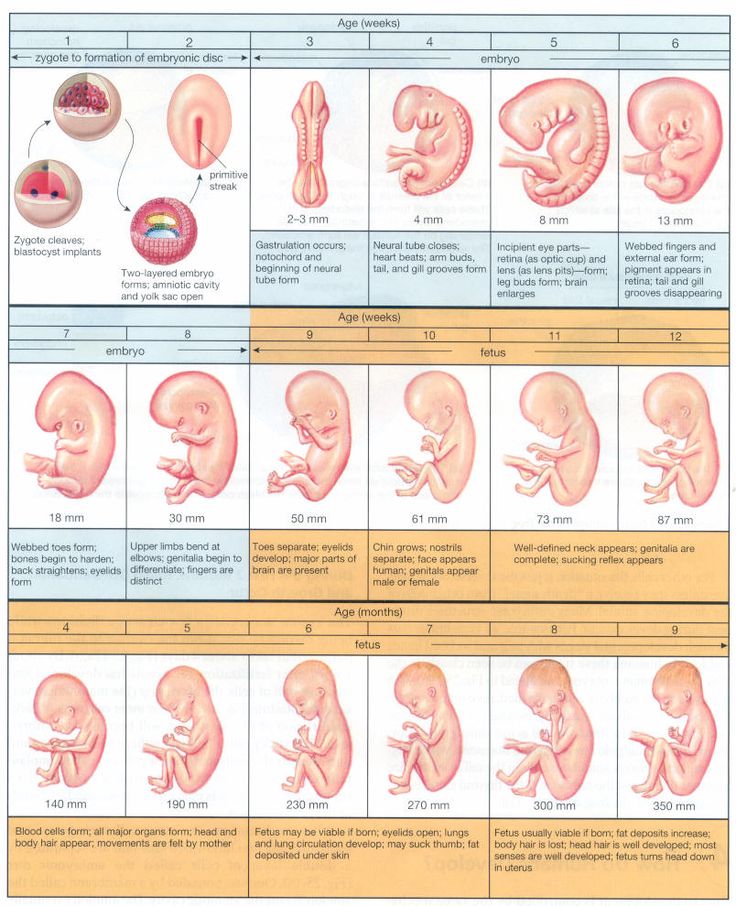
Of course, all children are talented in childhood. They are happy to draw, dance, sing. Therefore, the determination of abilities in 2-4-year-old babies is usually not difficult. Just watch your child, support and stimulate his love of activities.
How to help your child develop their abilities
♦ Be patient and observe your baby often: what games he likes to play, what he likes to do, and what he is not very good at. Do not build far-reaching plans for the future profession of the child. For example, “our son will definitely become a military man, because we have a dynasty!” Your desires are one thing, but the child's abilities and inclinations are another.
♦ Surround with love. The child actively develops, grows emotionally healthy and strong, if he feels loved and needed.
♦ Treat your child with respect. Often, being engaged in the accelerated development of intelligence, adults forget that the baby has not only a brain, but also a heart and a soul.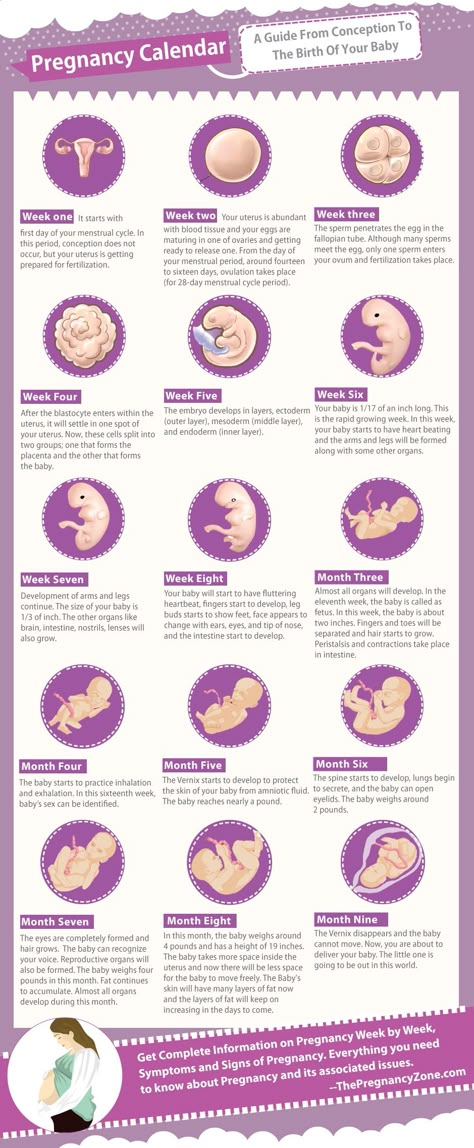 We can help him, but much depends on him. What adults can really do is help a child find himself. To do this, you need to learn to respect the earliest manifestations of children's abilities. After all, for many adults, in the order of things, it is very disrespectful to treat a child. Otherwise, when communicating with him, they would not allow themselves such phrases: “Don’t touch!”, “Get out of here!”, “Now put it down, I told someone!”, “I’ll get to you!”
We can help him, but much depends on him. What adults can really do is help a child find himself. To do this, you need to learn to respect the earliest manifestations of children's abilities. After all, for many adults, in the order of things, it is very disrespectful to treat a child. Otherwise, when communicating with him, they would not allow themselves such phrases: “Don’t touch!”, “Get out of here!”, “Now put it down, I told someone!”, “I’ll get to you!”
♦ According to psychologists, children under the age of 10 should not be blamed for intellectual failures. You can express your dissatisfaction only about his organizational misconduct (he scattered his clothes, did not complete the task, etc.). But the child should be praised even for a small job well done. This gives him confidence in himself and his abilities.
♦ Give your attention. Communication with close loving people will bring the greatest benefit to the baby. It is not at all necessary to arrange daily trips to the park or read aloud children's books.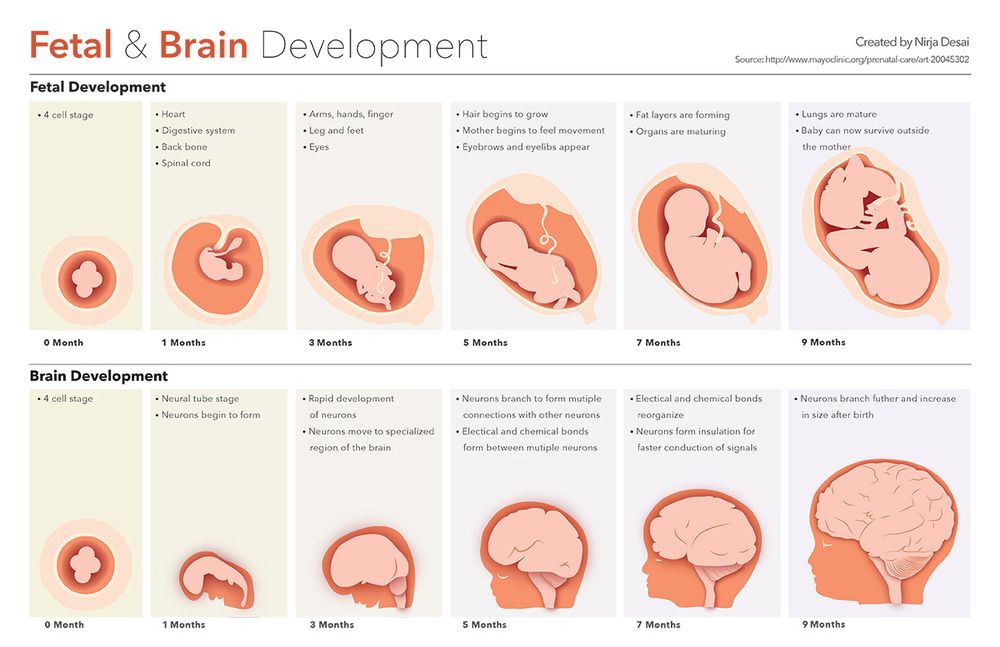 You can do a little cleaning or go to the store.
You can do a little cleaning or go to the store.
♦ Develop independence. When planning your daily routine, try not to make the time frame too rigid. Constant restrictions and haste interfere with the development of ingenuity, fantasy and imagination. Give your child the opportunity to occupy himself, but do not lose vigilance!
♦ Play with your baby. Even a jar of yogurt and a few pebbles will contribute to the development of the child.
♦ Encourage learning activity. Make sure that the task you propose is moderately difficult for the baby. When buying educational books, pay attention to what age children they are intended for. The cognitive abilities of the child will actively develop if the degree of complexity is chosen correctly for him.
♦ Let your child listen to good music. At this time, he develops a phonetic ear, which is needed not only for future musicians. Having learned to perceive information "by ear", in the future, children learn foreign languages without much difficulty, write school dictations and presentations. In addition, thanks to music, the child develops his own opinion and aesthetic taste.
In addition, thanks to music, the child develops his own opinion and aesthetic taste.
♦ Keep your child interested in art - it's the best way to express your little personality.
♦ Choose from a limited range of learning aids for your toddler. It is better to use one or several things from all sides as fully as possible than to develop a child with several dozen games and manuals at the same time. Be creative, come up with new tasks for familiar games. If your child is struggling with something, simplify the task to a minimum, even if it does not follow the instructions. First, do all the tasks together, and then let the child try himself.
♦ Enter all games and activities according to principle "from very simple to simple, from simple to complex, and then to very complex" .
♦ Do not set yourself clear standards for the time and number of classes per day. Then, if for some important reason you fail to complete one or another planned lesson, you will not blame yourself for not being able to provide your baby with a full development. In fact, even a small amount of exercise is better than nothing.
In fact, even a small amount of exercise is better than nothing.
♦ Try to talk more with your child. Talk to him about everything at home, in the subway, on a walk. Adult speech is more important than any teaching aid. The information you give to a young child should be based on Principle "the child and his environment" , and its boundaries should gradually expand depending on the age of the child.
♦ If you want to teach your baby about something, give him as many ways to get information as possible. Give it from different angles, cover one topic in games, posters, cubes, cards, other manuals, books, films. Help your child learn to learn on his own. Give him the freedom of creativity in this process.
♦ If your baby is doing something during the day, do not overload him with watching TV. This is unnecessary information for him and a strong load on the brain. The child needs time and a calm environment to absorb and assimilate the acquired knowledge and skills.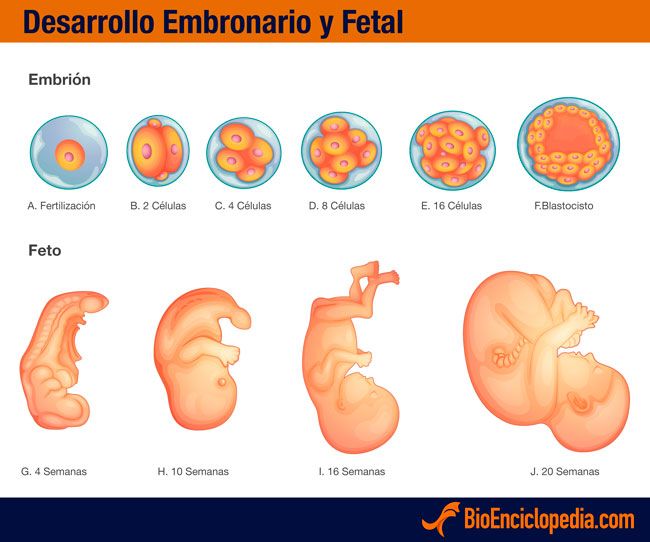
♦ In order to reveal his abilities, the baby needs:
• a variety of toys that give tactile, visual, sound, olfactory sensations;
• specially equipped "physical culture" corners, which provide the child with the opportunity to better and earlier master his body, to study it well, to be more dexterous, stronger, stronger, feel safer;
• games made for him by his parents, corresponding to his interests and age capabilities;
• books written in large clear letters, with large pictures, with pages that even the smallest toddler cannot spoil;
• Blocks with letters or syllables that the child simply plays with his mother.
♦ Regular walks, excursions to interesting places, conversations, reading books.
♦ Rejoice in every success your child has.
♦ Improve yourself. Let your baby see that learning and learning is interesting and necessary. A personal example is the best teaching aid.
What not to do
♦ Don't rush from one fashion fad to another.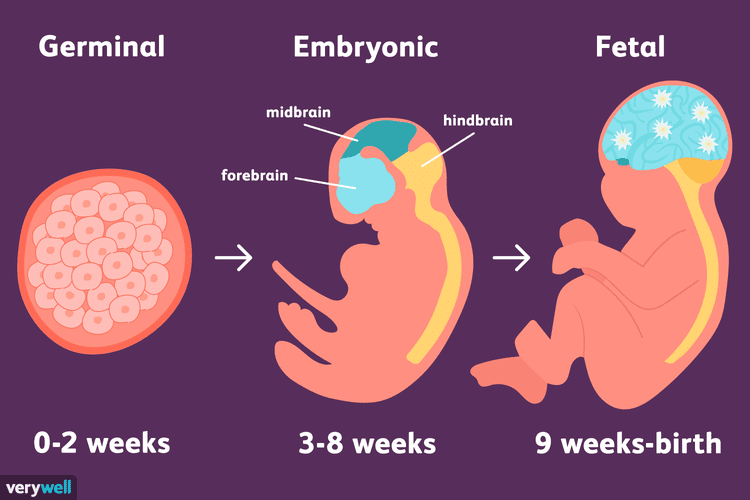 Toddlers quickly get used to a particular lifestyle, and its change is always a small injury. If you often change your views on the development and upbringing of a child, you can even damage his psyche.
Toddlers quickly get used to a particular lifestyle, and its change is always a small injury. If you often change your views on the development and upbringing of a child, you can even damage his psyche.
♦ Do not set yourself the goal of raising your child to be a child prodigy at any cost. Chasing results, you can overload the baby.
♦ You can't blindly take everything from this or that way of learning. In any technique, something may suit you and your baby, but something may not.
♦ Keep your child away from activities if they are sick, unwell, or in a bad mood. This will bring him not good, but harm.
♦ Do not delve into one direction, such as reading or mathematics, and forget about the rest. All-round development is much more important for the baby than a record in one of the areas.
♦ Do not give your child knowledge that will not be useful to him in the near future. By the time he needs them, he may have forgotten them. It is better to spend valuable time learning what is needed first.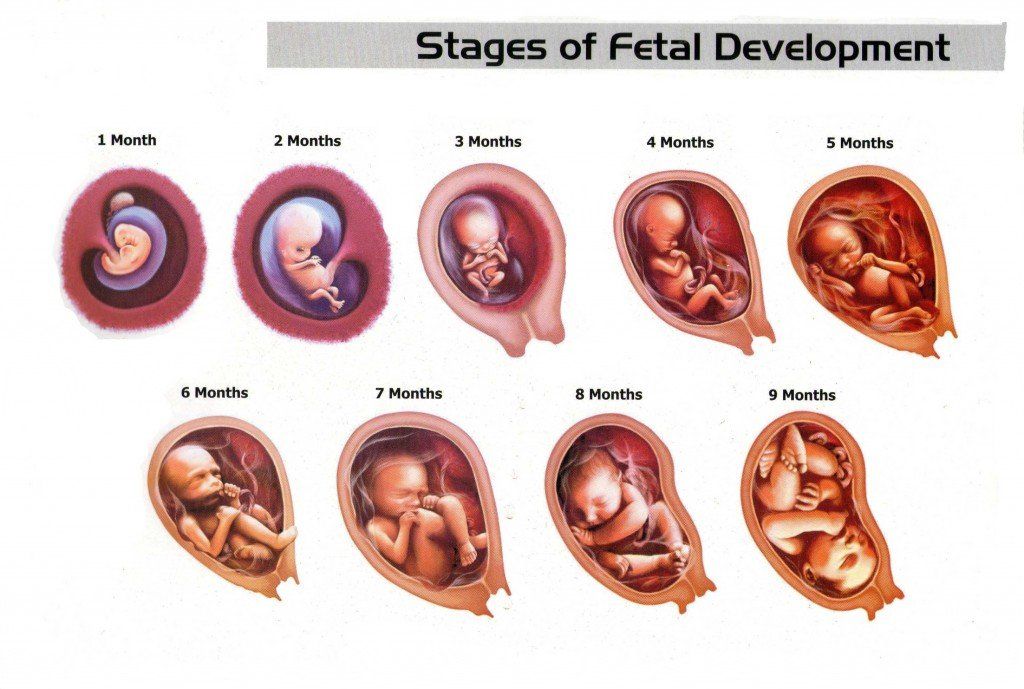
Masaru Ibuki's Method
M. Ibuki's pioneering method was born from his own experience of raising three children and the insights of Maria Montessori, Glenn Doman and Shinichi Suzuki.
In his book “After Three It's Too Late” M. Ibuki proves that from birth to three years the foundations are laid, and the knowledge acquired during this period remains for life. In this regard, the task of parents is to contribute to the early development of the child's abilities.
The goal of early development is not to produce geniuses. It is aimed at the formation of a harmonious, successful and happy personality.
According to M. Ibuki, in order for a child, growing up, to speak several languages fluently, be able to ride a horse, swim, play a musical instrument and do all this at a professional level, it is necessary to be loved, respected and put at his disposal everything that you would like to teach him.
Early development is the foundation. And make it strong. After all, without a solid foundation, it is useless to try to build a reliable building.
After all, without a solid foundation, it is useless to try to build a reliable building.
Every child can learn well, the main thing is to choose the right method of teaching him. We are talking about the kids, which doctors consider lagging behind in development. About them, Masaru Ibuka said: “Early development should not bypass them, on the contrary, it is precisely because of their difficult situation that it is necessary to determine their deficiency as early as possible in order to compensate for it with the help of early development techniques as much as possible.”
Things to do for baby's development
♦ Hold your baby often.
♦ Take your baby to bed with you.
♦ Reassure your baby if he is crying. You can't ignore his cry.
♦ The more children in a family, the better they communicate with each other. Encourage children to communicate with each other. Do not be afraid of quarrels, they develop communication skills in children.
♦ The father should communicate more with the child.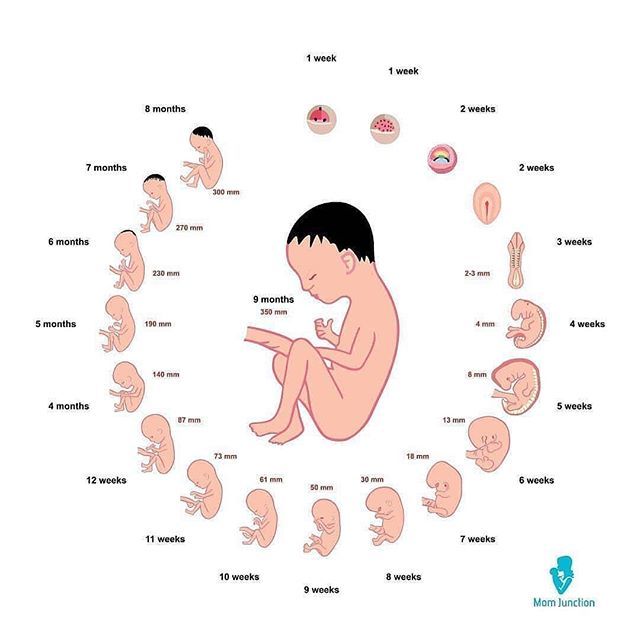
♦ The presence of grandparents creates an incentive for development.
What needs to be done for the development of a child up to 3 years
♦ Raise a child together. Caring for the development of the baby should not lie entirely on the mother. Dad should also communicate with his child as much as possible, despite being busy at work.
♦ Raising a child is raising yourself. Children do not imitate the words they hear, but the deeds they see. Therefore, you should encourage the child to work by his own example and be a model for him.
♦ Be attentive to the children's will, so as not to bring up a person who is unsure of his own abilities. It is important to instill confidence in the baby and give him a wide choice. Then he himself will be able to decide what he has a soul for.
♦ Talk to your child without distorting the words. If you communicate with him in a "childish" language, then the correct language skills will not be formed.
♦ A child must be brought up in love.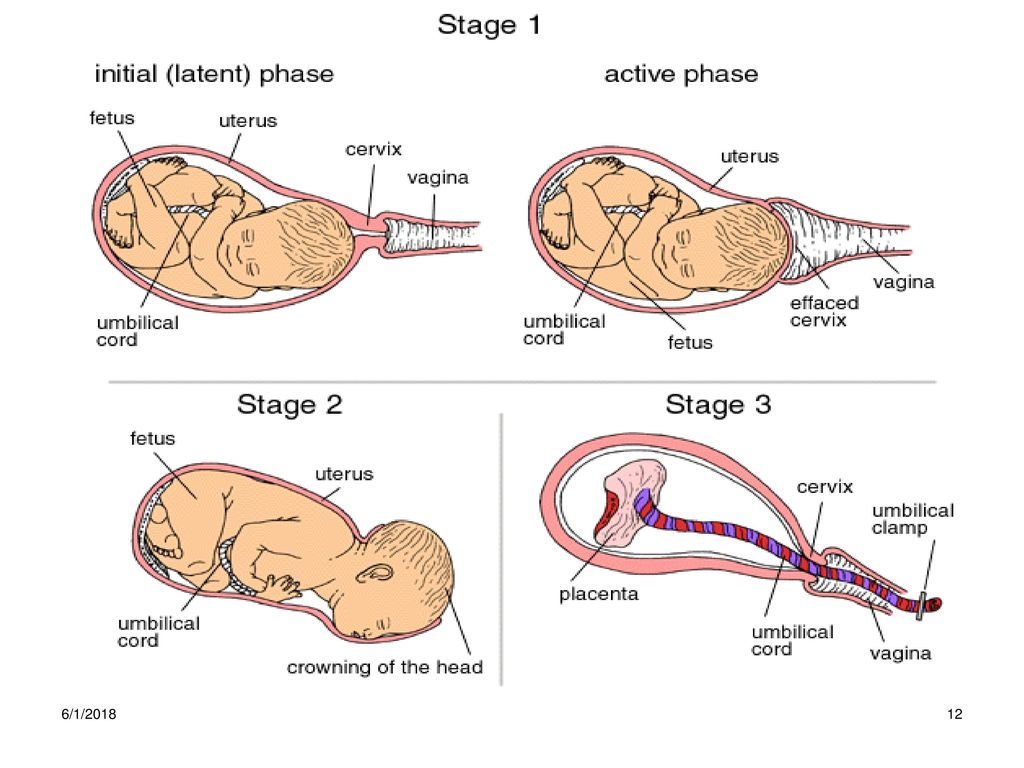 Then he will quickly adapt to society when he grows up, and will be much more balanced and kind.
Then he will quickly adapt to society when he grows up, and will be much more balanced and kind.
♦ Be sensitive to your child's feelings. The parent's goal should be to eliminate the cause of the disorder, not to suppress it.
♦ It is important in a difficult situation to give the baby the right to choose. For example, if a child tears up a fresh magazine, instead of scolding him or slapping his hands, you can give him an old one. If this is not done, but simply taken away, then a very important impulse to activity will be suppressed.
♦ Be consistent and remember that it is important that the baby grows up happy and successful, and not always the first.
♦ Train your child's memory. It is not difficult for him to learn what interests him. Don't worry about him getting tired. The kid can keep in memory from 100 to 200 short poems! It is necessary to train the child's ability to memorize as long as it gives him pleasure. If he forgot a line, let him repeat the whole poem from beginning to end.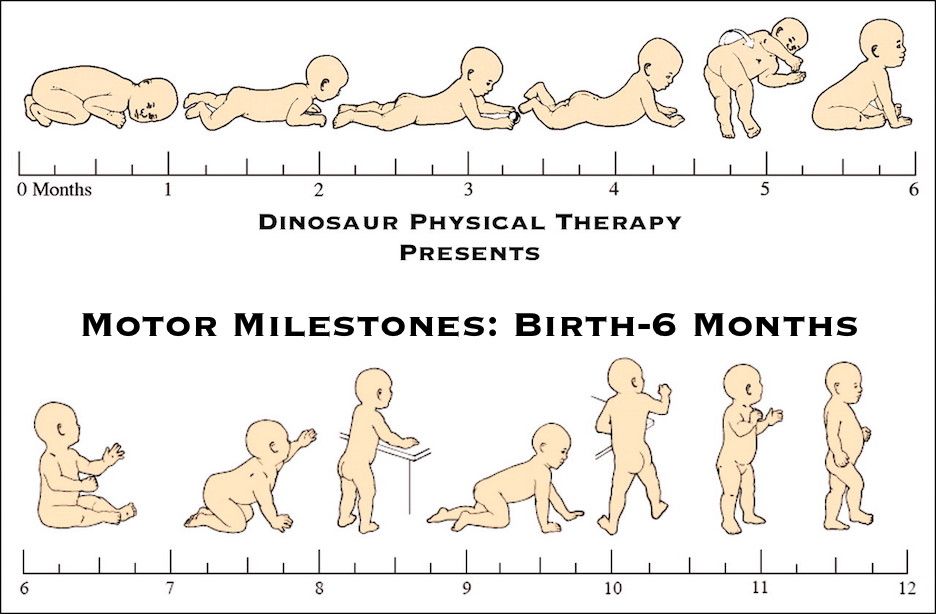
♦ The main thing is to arouse the crumbs' interest in the subject of study. For example, instead of teaching your baby to count, get him interested in numbers.
♦ Toddlers are wonderful imitators and actors. They begin to do this already in the first year of life, and in the second and third years they imitate consciously. Therefore, in the presence of a child, try to monitor your behavior. Encourage the baby to fantasize: ask him to portray an animal and come up with a story about him.
Teaching a child to draw
M. Ibuka said: "I would give a child a huge sheet of paper to crawl on it while drawing."
♦ At 7-10 months you can draw twice a week for 10-15 minutes.
♦ It is very important to let your child draw with both his right and left hand.
♦ During the preparatory phase, show the crumbs paints, name them, demonstrate color combinations.
♦ Give your child two warm crayons (yellow and orange) and one cool crayon (green or blue).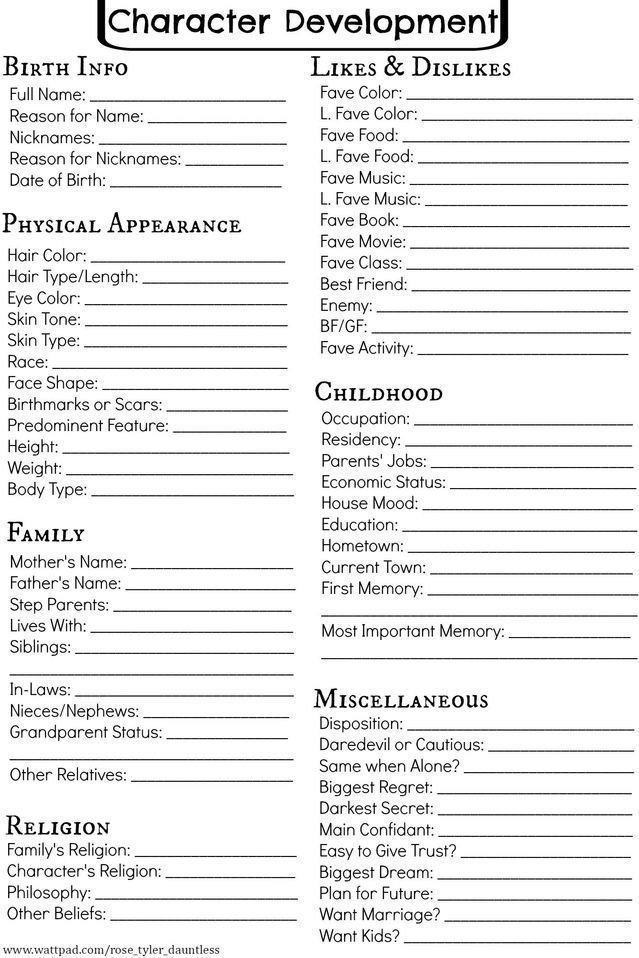
♦ Never ask your child to draw something specific for you. You can offer several options to choose from. It is better to let the child draw what he has conceived.
♦ Do not criticize the work of a small artist. He draws as best he can, but with pleasure. If you constantly correct and condemn him, then he may generally refuse this occupation.
♦ Do not add or improve anything in the child's work, as this can extinguish the spark of creativity in him.
♦ Children should not be taught to draw any particular image, as this may kill their imagination. Better teach him how to draw different shapes, work with materials.
♦ Encourage out-of-the-box work or imagery. Let the kid understand that his imagination is the most valuable thing in his drawings.
Sculpting, cutting patterns from paper and folding paper figures also develop creativity. A child who learned to sculpt and fold paper figures at an early age is far ahead of his peers in mastering other skills.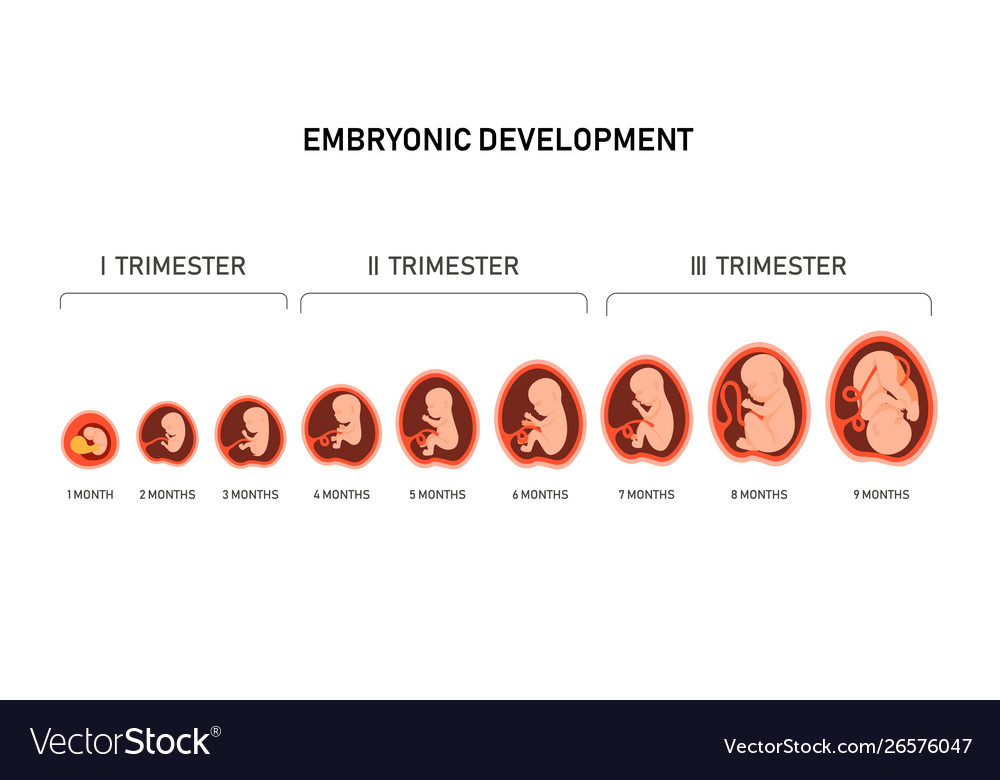
What toys should be like and how to play with them
M. Ibuku refers to the experience of the artist Hiroshi Manabe, who had a theory of parenting tested on his own children. He never bought them ready-made toys, but gave them sets of parts from which they could assemble a toy themselves. The children knew that no one would help them, which means that if they want to have a toy, they must assemble it themselves. So the kids tried their best.
This is a wonderful educational technique, as it includes the "joy of achievement" lacking in a child who has only ready-made toys. At the same time, it is important that the collapsible toy matches the age capabilities of the child.
Usually the first toys of the baby are books and blocks. Often, adults impose their ideas on how to play with them on a child. And the kid himself knows how to do it. Correcting a baby means interfering with his creative development or even depriving him of his desire to play at all. Therefore, you should not insist that he play "as expected." For a child, play material is everything that he sees and touches.
Therefore, you should not insist that he play "as expected." For a child, play material is everything that he sees and touches.
It is better for the baby to play with one toy, inventing various games with it. Thanks to his imagination, a piece of wood can be transformed into a fabulous house. When there are too many toys around the baby, it overwhelms him, and it is difficult for him to focus on one thing.
Developing children's musical abilities
♦ Include recordings of children's songs, classical music. While listening to it, teach your baby to stamp their feet and clap their hands to the beat, spin around themselves.
♦ Teach your baby how to use one finger to press the piano key. If the baby tries to press the keys with his fist, immediately stop the game. The next day, try again to teach the child to press the keys with one finger. While holding his finger in your hand.
♦ A xylophone, glockenspiel, bell or drum can be used as a substitute or addition to the real instrument.